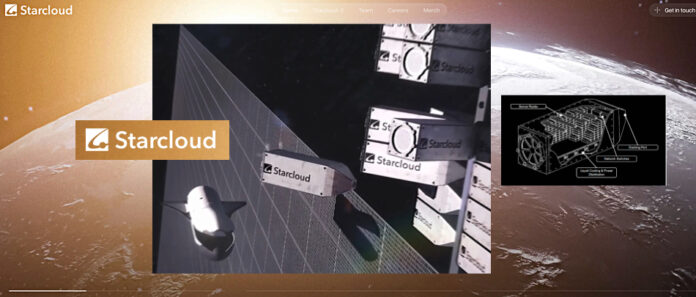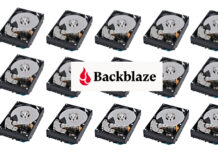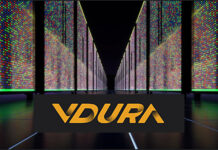Orbiting datacenters look a lot more feasible with figures from Starcloud showing that power and cooling up in orbit is effectively free once deployed.
Startup Starcloud wants to build datacenters in low Earth orbit. It was founded in January 2024 as Lumen Orbit by CEO Philip Johnston, CTO Ezra Feilden, and chief engineer Adi Oltean. They rebranded to Starcloud in February this year, and have raised around $24 million through Y Combinator’s accelerator program and various funding entities including Nvidia and In-Q-Tel. Envisage their satellite as a scale-out rack-like structure, with stacks of server, storage, and networking switches attached to a central skeleton structure.

A vast array of attached solar panels provides gigawatts of power. You don’t have to pay for solar power and the cooling is near-free as well, as generated heat is passively radiated to the infinite heatsink of space, where the temperature is around -270°C, using deployable 1m square black plates. No chillers are needed.
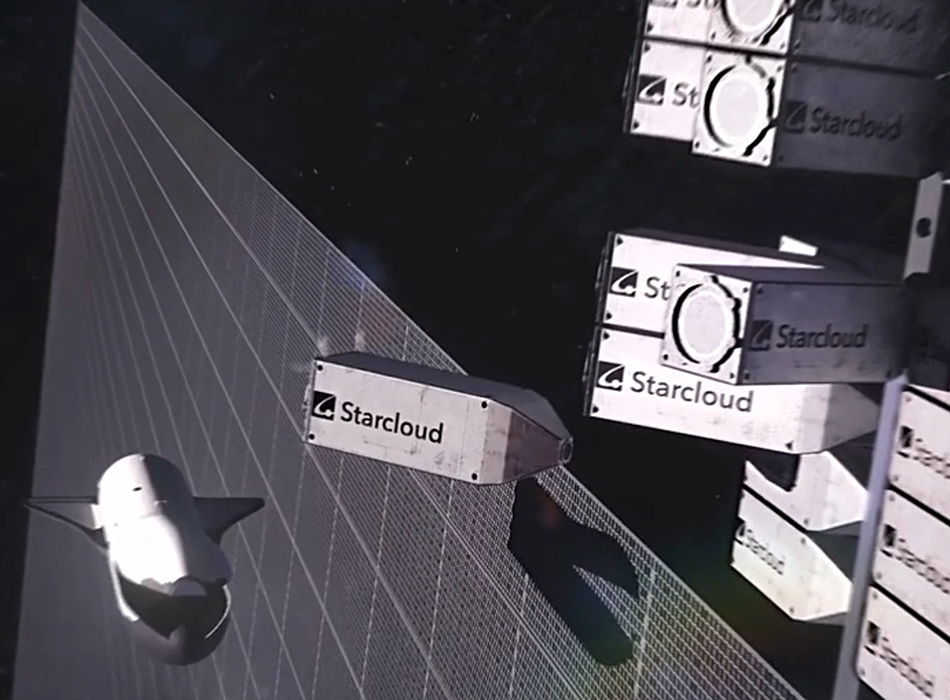
Starcloud aims to launch its Nvidia GPU compute-centric 60 kg Starcloud-1 demonstrator satellite in November, followed by Starcloud-2 next year with more storage and networking for satellite edge computing and developing global cloud services.
The company says Starcloud-2 “enables real-time, high-volume data analysis of the terabytes of raw data generated by spacecraft and space stations daily. By processing this data in space, Starcloud delivers low-latency insights derived from Earth observation satellites’ raw data, eliminating downlink bottlenecks and avoiding massive raw data transmissions to Earth.”
It can also provide satellite-based data storage in a private and sovereign environment. The sovereignty aspect remains to be seen as US-based Starcoud will likely be subject to US law, which currently cannot guarantee complete data sovereignty over non-US data assets held by US-owned public cloud suppliers.

Both Starcloud-1 and Starcloud-2 would need radiation-hardened SSDs with sufficient over-provisioning for multi-year wear-out rates. Disk drives wouldn’t be suitable as they require more operating power and are less able to withstand the stresses and strains of a rocket flight to orbit.
The Starcloud program differs from NASA and HPE’s Spaceborne Computer-2 (SBC-2) program, and from the BAE Systems Space & Mission Systems, Lonestar Data Holdings, and Spacebelt projects by having a better cost justification. It’s explained in a white paper.
This points out power, cooling, and planning restrictions on datacenter build-outs on Earth, and compares some of the datacenter build, equipping and operating costs for a 40 MW datacenter cluster in orbit over ten years in a table:
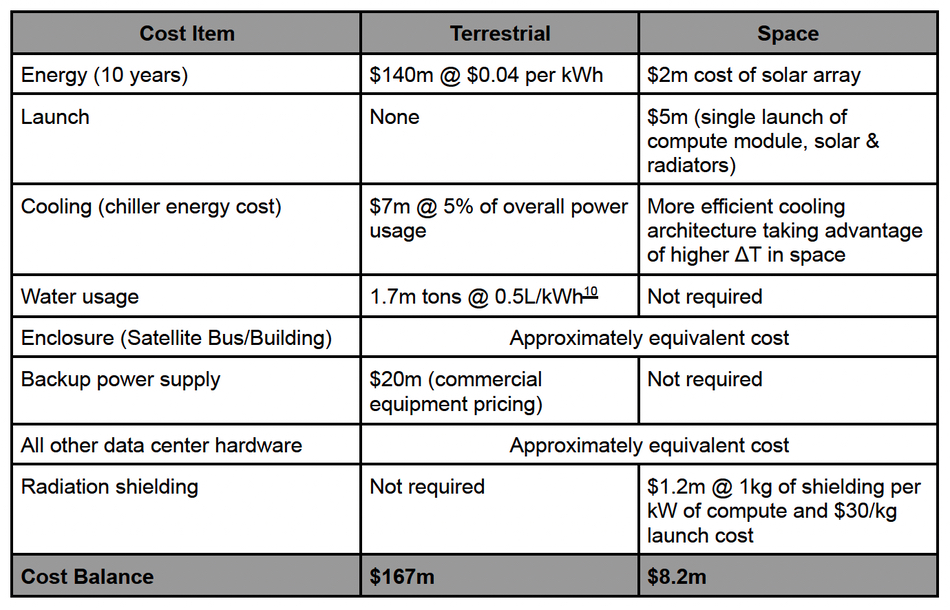
The table looks at differential costs, excluding costs that are the the same between an Earthbound and orbiting datacenter, such as the basic shell enclosures and datacenter hardware, like the servers, storage, and network switches. These will cost millions of dollars.
It concludes that the cost balance for a 40 MW datacenter on Earth would cost $167 million over ten years while a Starcloud-2 type system would put you back $8.2 million, 20 times less. That seems optimistic. The kicker is the Earth-bound energy cost of $140 million at $0.04 per kWh. This dwarfs the other cost elements.
A quick look around the web shows US datacenter energy costing between $0.04 to $0.15 depending on location and the trend is for costs to rise. The $140 million could be a realistic number.
But the total cost relationship between a 40 MW Earthbound datacenter and a Starcloud orbiting system would look rather different. We’re talking about something like 25,000 GPU servers, 300 all-flash arrays, and 1,700 switches. You would need around $12-13 billion just to buy 25,000 Nvidia Blackwell servers. Double that to include the datacenter shell, storage and networking costs, and a $170 million difference between a $24 billion data center on Earth and one in orbit is a 0.0071 percent difference. Relative peanuts. Stick the equipment and shell costs in Starcloud’s table and the cost differential between Earth and an orbiting datacenter would look a whole lot less favorable to Starcloud.
Do read the white paper though. It’s a great introduction to orbiting datacenter matters and well worth a read. For a space-focused company, Starcloud has its feet on the ground.


